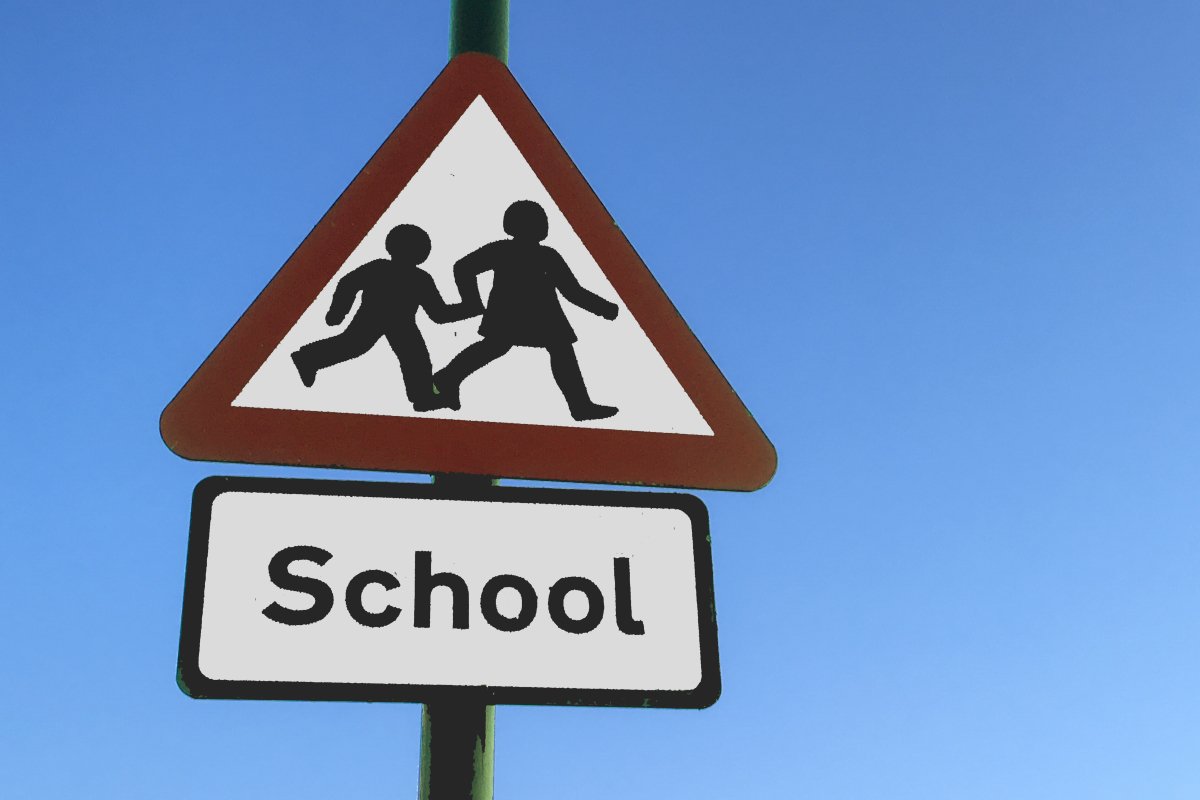Forecast Shows Growing Financial Difficulties for North Yorkshire Schools


Schools across England’s largest county have forecast they are likely to be facing a collective annual deficit of more than £11m in just over two years, councillors have heard.
A meeting of North Yorkshire Council’s children and families scrutiny committee was told by next month some 36 schools, including 25 primaries, seven secondaries and four special schools, were set to have an average deficit of £194,000.
Officers said the difficult financial position facing many schools was partly due to the high costs of providing education across the vast rural area not being properly recognised by the government.
The meeting at County Hall in Northallerton heard the schools’ forecast of a deteriorating financial position had been “a repeating pattern” for about five years.
Officers said while schools’ balances had dropped away, they had previously not reduced at the rate predicted by schools, as action had been taken to cut the day-to-day running costs of schools, which include the amount spent on teaching, support staff, energy bills, minor maintenance, and teaching materials.
The meeting heard while the 208 council-run schools had a combined surplus of some £13m last March and were projected to be still be in the black by some £10.1m next month, the schools had forecast seeing that surplus dwindle to £3m by next March and to be facing a collective £11.5m deficit by March 2026.
Officers emphasised the schools’ financial forecast was based on an assumption that North Yorkshire would remain among the lowest funded local education authorities in the country.
They added longer term financial forecasts tended to be less reliable, and that the council’s experience was that schools were cautious on funding and pessimistic about costs, which “makes the situation appear slightly worse than it is”.
A senior officer stated:
“It is fair to say there is still an expected deterioration, but not as dramatic as those figures would suggest.”
The meeting was told one of the conditions for schools to become academies were that they were viable financially, so the council tended to be left with smaller secondary schools which find it tougher to make ends meet.
Officers told the meeting although the county did receive some “sparsity funding” to recognise the costs of providing education in small schools across a vast rural area, the national funding formula did not reflect the challenges facing some schools.
An officer added:
“North Yorkshire has some of the smallest, most rural secondary schools in the country. It’s a point we continue to make to the Department for Education, recognising that we are battling against a number of other interests in the country over what is a national funding formula.”
The committee’s chair and former teacher, Councillor Barbara Brodigan said it was clear government funding was
“skewed towards areas of deprivation rather than disadvantage and North Yorkshire is disadvantaged because of its rurality”.
Councillor David Jeffels said while the deficit figures were “concerning”, some 98 per cent of those inspected by Ofsted so far this academic year remain or had become ‘good’ or ‘outstanding’.
Questioning whether children in North Yorkshire were being “disenfranchised” as schools could not afford equipment, he added:
“Schools are achieving high standards despite wrestling with deficits of half a million pounds.
“In my experience investing in our education is a good sign for people wanting to invest in the county as a whole.”
Source link




